What do we know about hydroponic culture? One of the biggest problems of the 21st century is, perhaps, the need to provide water for the growing world population. The water supply must meet the demands for human, agricultural and industrial consumption. While the demand for water is increasing in relation to the available water resource, there is an excessive exploitation of water sources, in addition to its pollution, misuse and waste, caused by the use of inadequate and inefficient distribution systems.
Kammeyer (2017) pointed out that in addition to all the water challenges in the world are the imminent repercussions of climate change. Currently, there is a greater intensity of natural events related to water, such as droughts and floods, and this trend is expected to continue. It is projected that by 2050, 3.9 billion people will live in watersheds under severe water stress. The nature of these impacts will vary according to the region, changing the global dynamics of water stress.
Much of this new demand will be driven by agriculture, which already accounts for 70 percent of the world’s freshwater use. Food production must grow by 69 percent by 2035, which will increase water needs for agriculture. Therefore, the efficient use of water is essential, which has taken on greater importance in the agronomic field, coming to be defined as: production per unit of water. For example, in a tomato crop, to produce 1 kg of fruit under controlled substrate conditions, about 15 L are used with recirculation and use of drainage water, whereas 60 L are used in an open crop, and in greenhouse without reuse of drainage water, 32 L (Castilla et al., 1990).
The conventional cultivation in substrates, indistinctly of its container, was conceived originally for a management to solution lost, unlike other systems like the hydroponics or those of subirrigation, that were designed like closed systems by their intrinsic characteristics. However, due to the growing concern of society for the deterioration of the environment and, as a consequence, to the pressure that is being exerted on the different polluting human activities, including agriculture, these open systems are being adapted to the new requirements, thus allowing the collection and accumulation of leachates to be used later in the formulation of a new nutritive solution.These types of closed systems are usually called “systems with reuse of leachate”. Leachates are the nutrients that infiltrate deeper layers of the soil because of the flow of water.The lost solution systems involve the elimination to the environment of important volumes of leachates with a high polluting power, especially due to the presence of nitrates. This can be avoided to a large extent by means of the systems of cultivation without closed ground, since they allow to obtain a remarkable saving of water and fertilizers, generating a near total reduction of the environmental contamination.
The irrigation water that infiltrates in excess passes beyond the root zone, this water together with the deep percolation coming from the filtrations of the channels, dissolves additional salts of the underlying soils and substrates. Additionally, fertilizers and pesticides applied to soils can also be mobilized and discharged into drainage water, constituting an additional source of contaminants in receiving waters of better quality.For example, nitrate (NO3-) from organic and mineral nitrogenous fertilizers, as well as the mineralization of organic matter, can contaminate effluents and springs (Groeneveld et al., 2001), so although it exists naturally in soil and water, it is considered a compound that causes serious health problems when consumed from contaminated groundwater sources.Consumption of water contaminated by agriculture has been shown to be directly related to the disease methemoglobinemia, which occurs when nitrate (NO3-) is reduced to nitrite (NO2-) within the human body, transforming hemoglobin into methemoglobin, limiting its transport capacity of oxygen (Greer and Shannon 2006); in addition to a potential role in the development of cancer in the digestive tract due to the formation of N-nitroso compounds (Fewtrell, 2004).
From these needs is that the development of alternative cultivation has advanced with a desire to solve these environmental and health demands, generating among these new techniques, hydroponics (from the Greek hýdor ‘water’, and ponos ‘work’) .Hydroponics is a set of techniques that replace the soil, where the crops are fed by a liquid solution of mineral nutrients (fertirriego). Importantly, the hydroponics can be closed system, that is, the solution of nutrients after passing through the roots is recovered, and reused by a subsequent treatment to readjust pH and electrical conductivity through the use of injectors with stock solution.
Table 1. Comparison of traditional crops versus soilless

This is why it is important to generate efficient water use projects, and to reuse the drainage, improving the design to increase drainage collection capacity, thus reducing environmental damages, and improving the efficiency of the water resource, increasingly scarce.
Recirculation of the nutritive solution in hydroponic crops.
The cultivation without soil allows to maintain optimum hydric and mineral nutrition to the needs of each plant, at each moment of its development. Excessive salt concentration in the system can result in loss of crop yield during harvest, and should be reduced by obtaining 20 to 50 percent leachate or drainage with respect to the incoming nutrient solution.Cultivation channels or water containers must remain covered, in order to minimize the evaporation processes that contribute to the rapid increase in the electrical conductivity of the nutrient solution (Alarcón, 2001).
Hydroponics has 2 great advantages over soil culture. First, it allows a lower generation of environmental impact due to the strict adjustment of fertigation. Leachates from hydroponics are visible, however, this is not related to soil leachates, which percolate into deep layers of soil, and pollute to a greater extent, despite not being directly observable. Second, use of low structural investment.The collection and reuse of leachates can be done without major infrastructural investments, thus minimizing the environmental impact, and allowing the reuse of leachates with the consequent lower expenditure of water and fertilizer.
The quality of the starting water will condition the crop to be implanted, the system to be applied and its management mode. However, the irrigation water must be of high quality, with minimum concentrations of sodium, chloride, or boron.. These ions in solution can be phytotoxic, and since they can not be assimilated by the plant, they accumulate in the recirculating water making it difficult to maintain adequate concentrations of the elements in the nutrient solution.Under certain conditions, the limits of salinity can become unmanageable (electrical conductivity greater than 1 dS/m), requiring treatments through desalination by reverse osmosis, in order to generate a total and effective recirculation of water.
The nutrient solution in closed systems must be recomposed from the supply water. The supply water is the mixture the drainage (the leachate) and the irrigation water. The chemical composition of the nutrient solution is analyzed, so that it is adjusted through the addition of fertilizers according to the requirements of each crop, constituting the nutritive solution that is supplied to the system. The analysis will depend on the total volume used in the system, per crop unit. Innovations such as the NFT (Nutrient Film Technique) allow a maximum efficiency of the water resource through the use of a closed continuous flow system.
The design of a hydroponic system, such as the dosage, nutrition and frequency of irrigation will depend on the species and variety to be cultivated, the quality of the irrigation water, the physicochemical conditions of the substrate, the prevailing climatic conditions, and the state phenological of each plant (Alarcón, 2001). In this way then the composition of the nutrient solution should be based mainly on:
- Daily pH controls, electrical conductivity of the nutrient solution, drainage water, and substrate.
- Periodic chemical analysis of nutrient solution, drainage and substrate.
- Climatic conditions such as temperature, radiation, relative humidity.
- Phenological state of the crop (flowering, fruit setting, fattening).
Application of continuous closed flow systems: Nutrient Film Technique.
The nutrient solution recirculation system (NFT) was created in the 70’s by Allen Cooper, at the Glasshouse Crop Research Institute, England. The main advantages of this technique is that there is no loss of water in the system, high quality of horticultural products, in a short period of cultivation, increasing the precocity and yield of these.Through NFT the plants can grow without stress, in high density, reaching their productive potential, which leads to a better acceptance or demand of the agricultural product in the market (Carrasco and Izquierdo, 1996). In NFT the plants are grown without substrate, generally suspended in cultivation channels, with or without support container, therefore, the root has direct contact with the nutritive solution, which is constantly renewed, accelerating its growth.The implementation of an NFT system requires a high initial investment, in addition to trained personnel to prepare nutritious solutions. In addition, this solution provides the essential mineral elements for a good development of the plants (Table 2).For the proper functioning of this system, the appropriate choice of sources of soluble minerals is essential, since there is a permanent circulation of the nutritive solution in the roots of the crop.
Table 2. Essential mineral elements for plants.

At present, due to the constant demand for food, it is very important to have agronomic systems that allow an efficient recirculation of water, as well as a correct reuse of the waste coming from the crops.In hydroponics, closed systems allow, precisely, the reuse of the nutritive solution for the constant fertilization of crops. The closed system hydroponics reduces the harmful effects caused to the environment, as well as the risks to human health from poor management of agricultural waste.On the other hand, the main advantages of these closed systems are high efficiency of the water resource, greater cultivation cycles in a season, high density and greater precocity. The only thing to keep in mind is that the optimal result of the system will only be obtained by having the best raw materials regarding the use of nutritive solutions.
Particularly the NFT technology, being dynamic and adaptable, allows its application in diverse climates, even in private orchards of water, or with restricted access to it, being able to become an indispensable agricultural tool for the near future with ingenious and simple systems such as which are shown below:
Photo 1 Recirculation of the nutritive solution

Conclusions
- Hydroponics in a pot allows cultivation in areas that due to poor soil quality, agriculture is not possible. On the other hand, you can use substrates that do not generate an environmental impact, or erosion as is the case of soil cultivation.
- The pot crop allows to generate an important saving of water and fertilizer due to the efficiency and the reduction of leachates.
- Faced with the above, there are techniques to collect the leachates that are generated in the pot crop and reuse them producing a 100% efficiency in the use of water and nutrients. It must be clear that as indicated in the article, the water resource is being and will be increasingly, the great limitation for agriculture worldwide.
Sincerely,
Sebastián Ochoa Münzenmayer Agricultural Engeneer, MBA, Master in Agricultural Technology



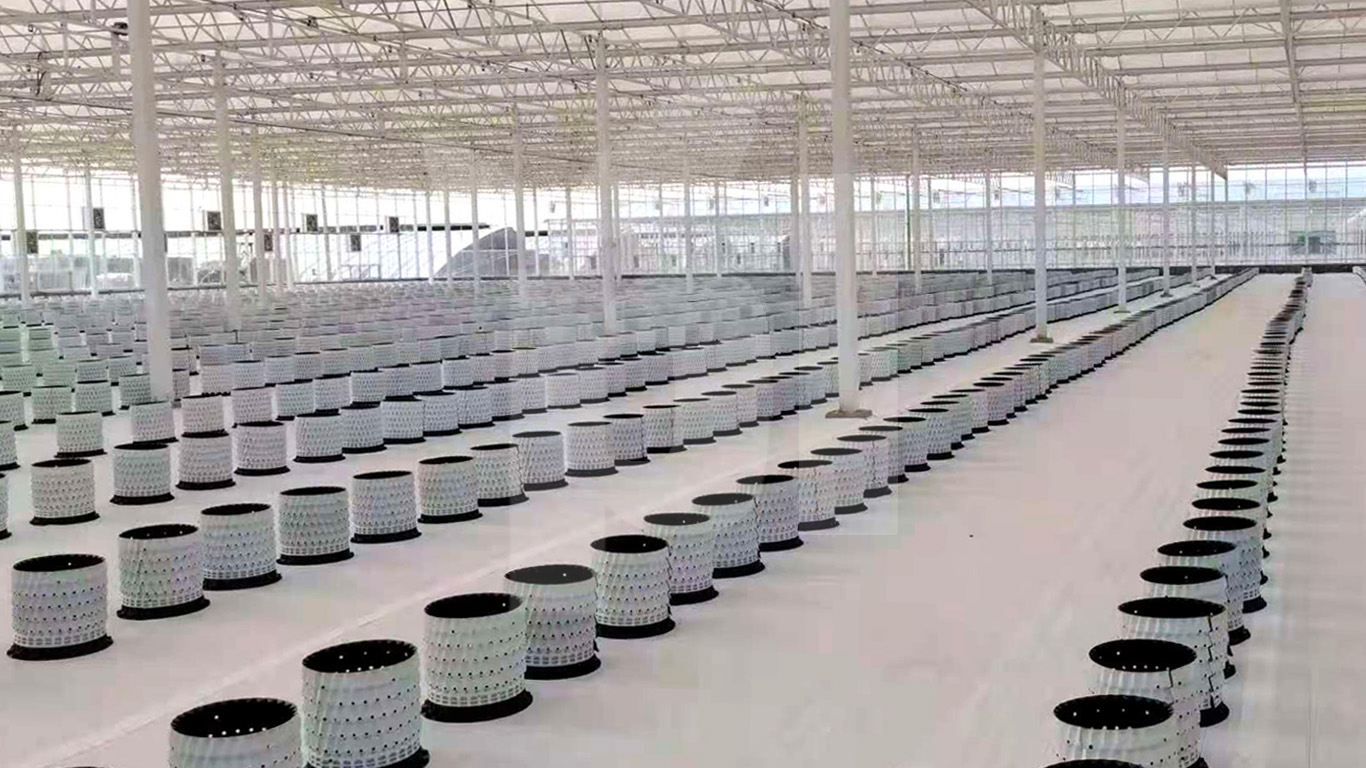
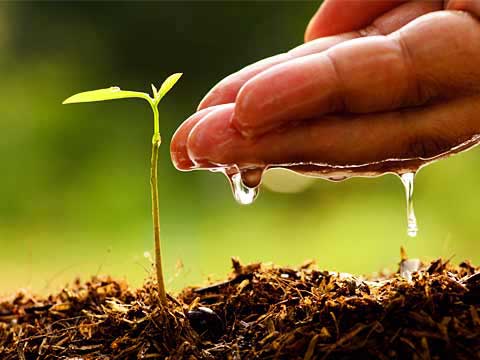
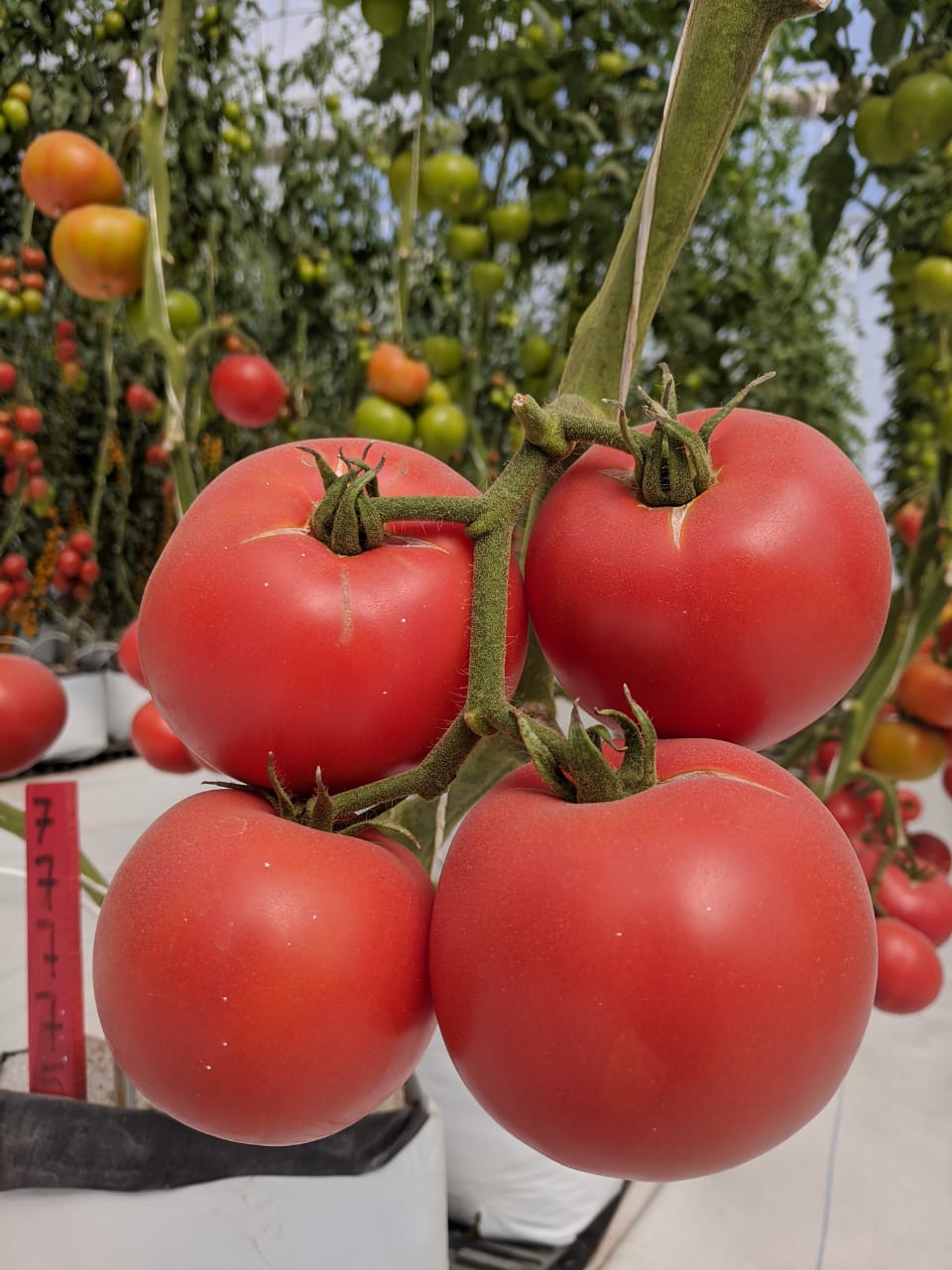
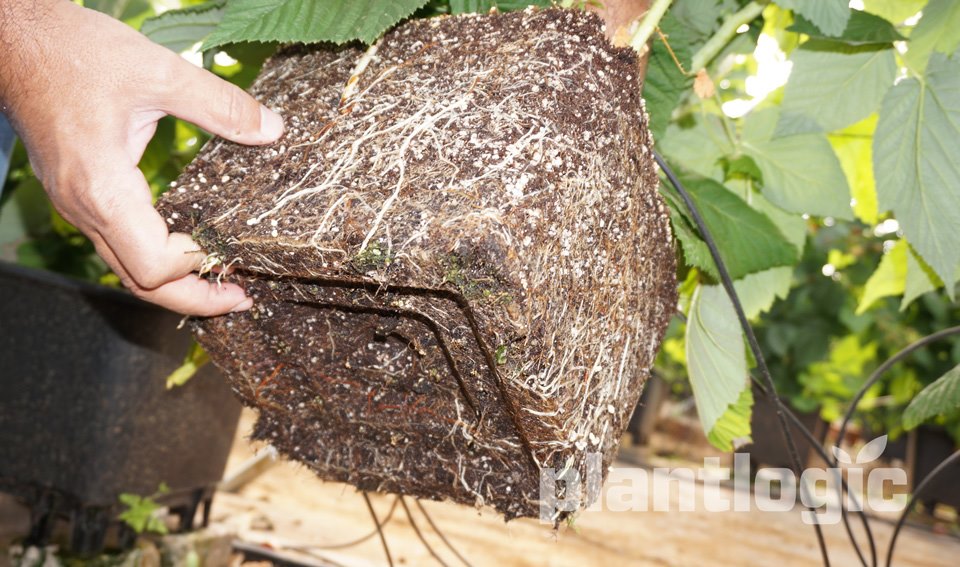
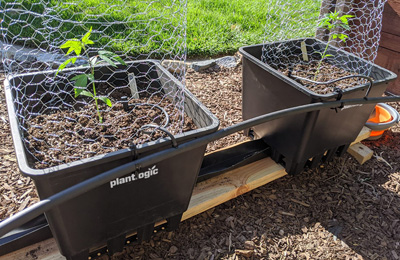


Leave A Comment
You must be logged in to post a comment.